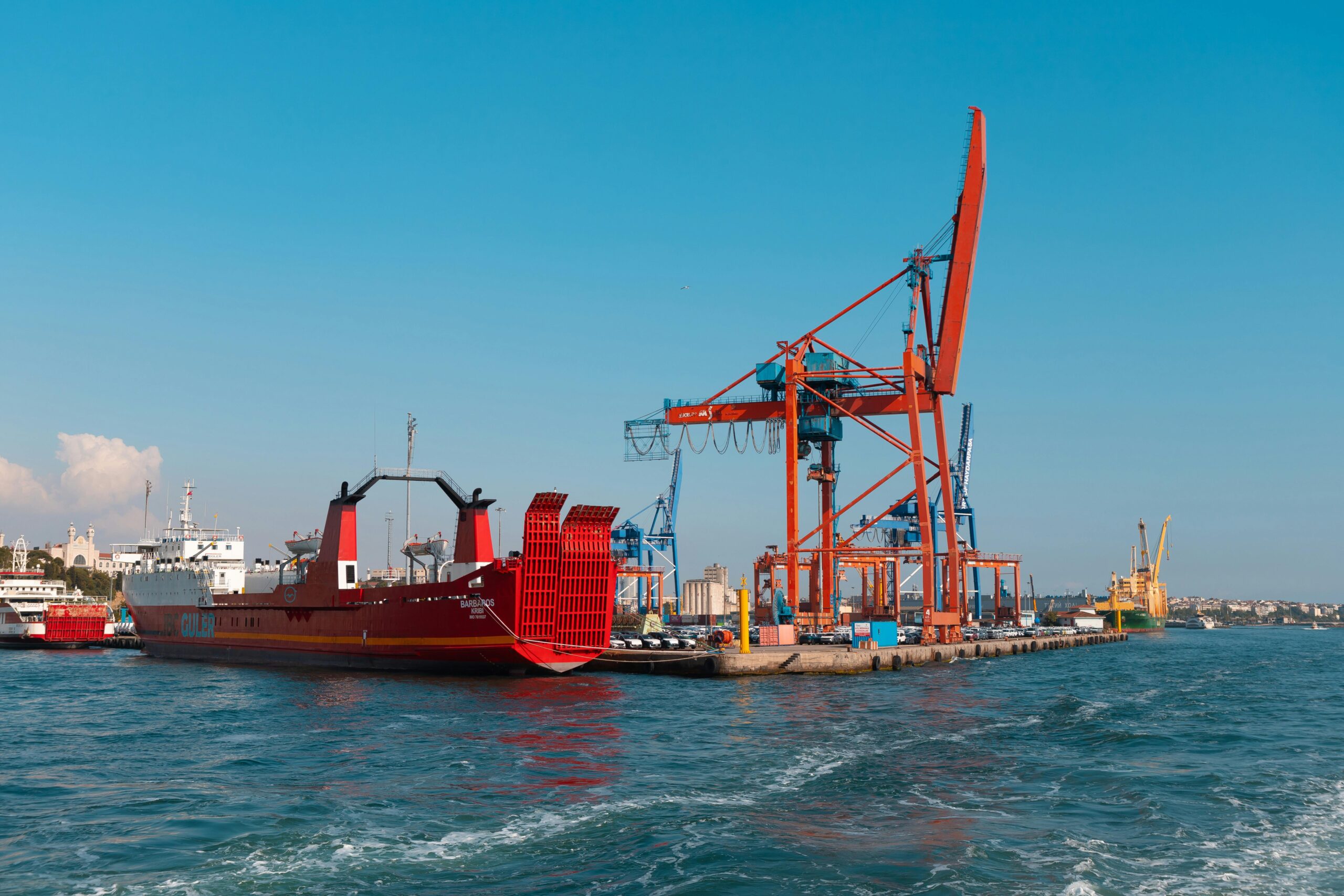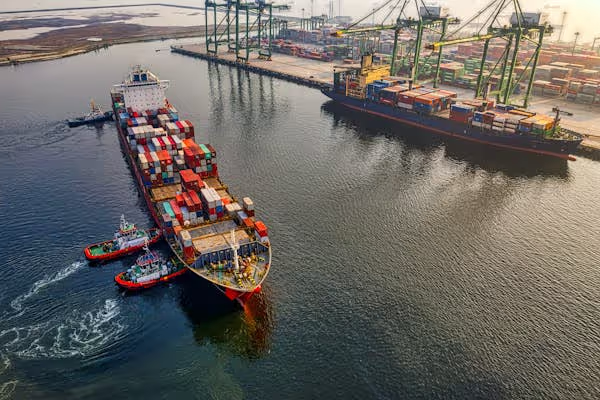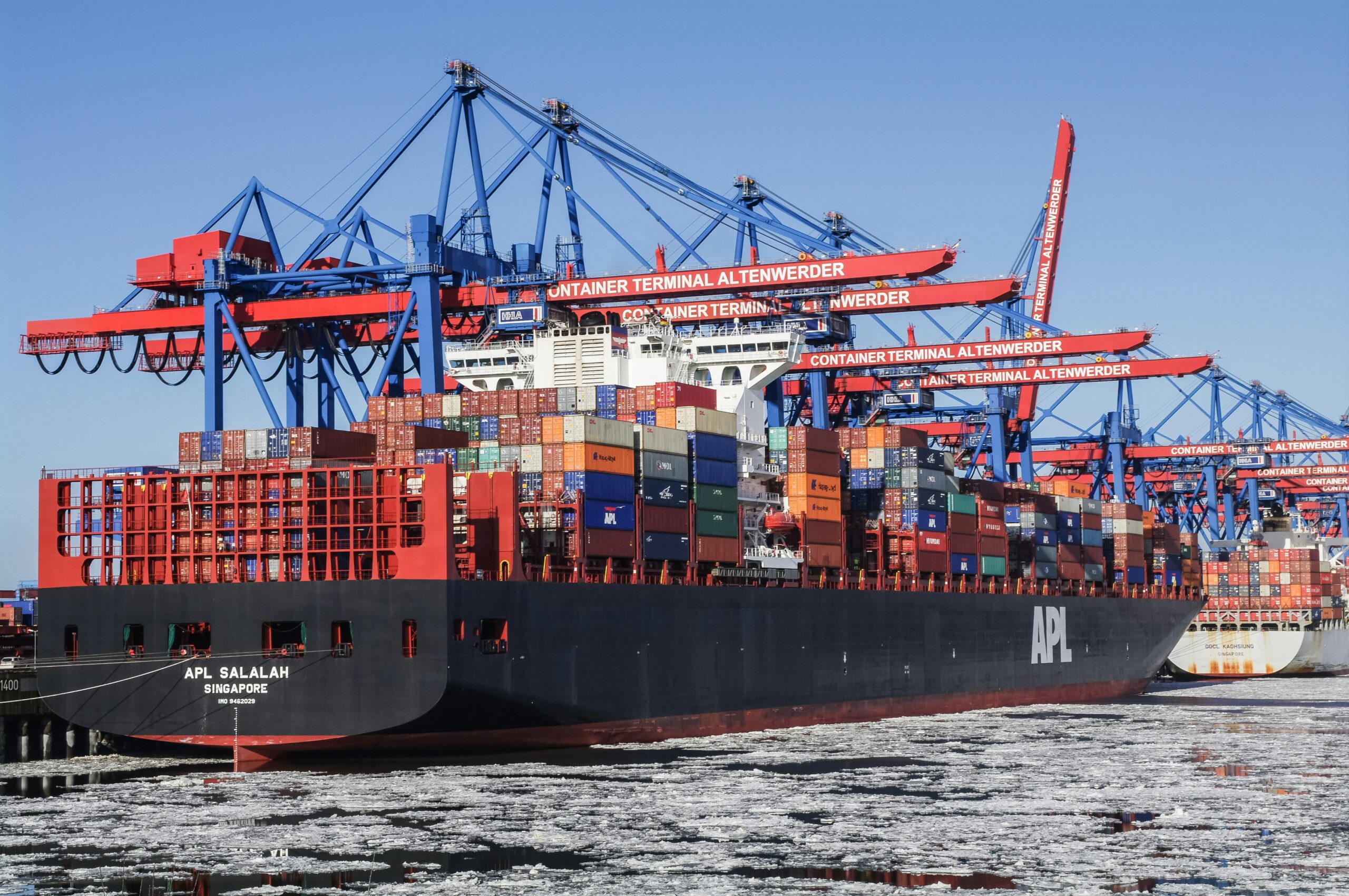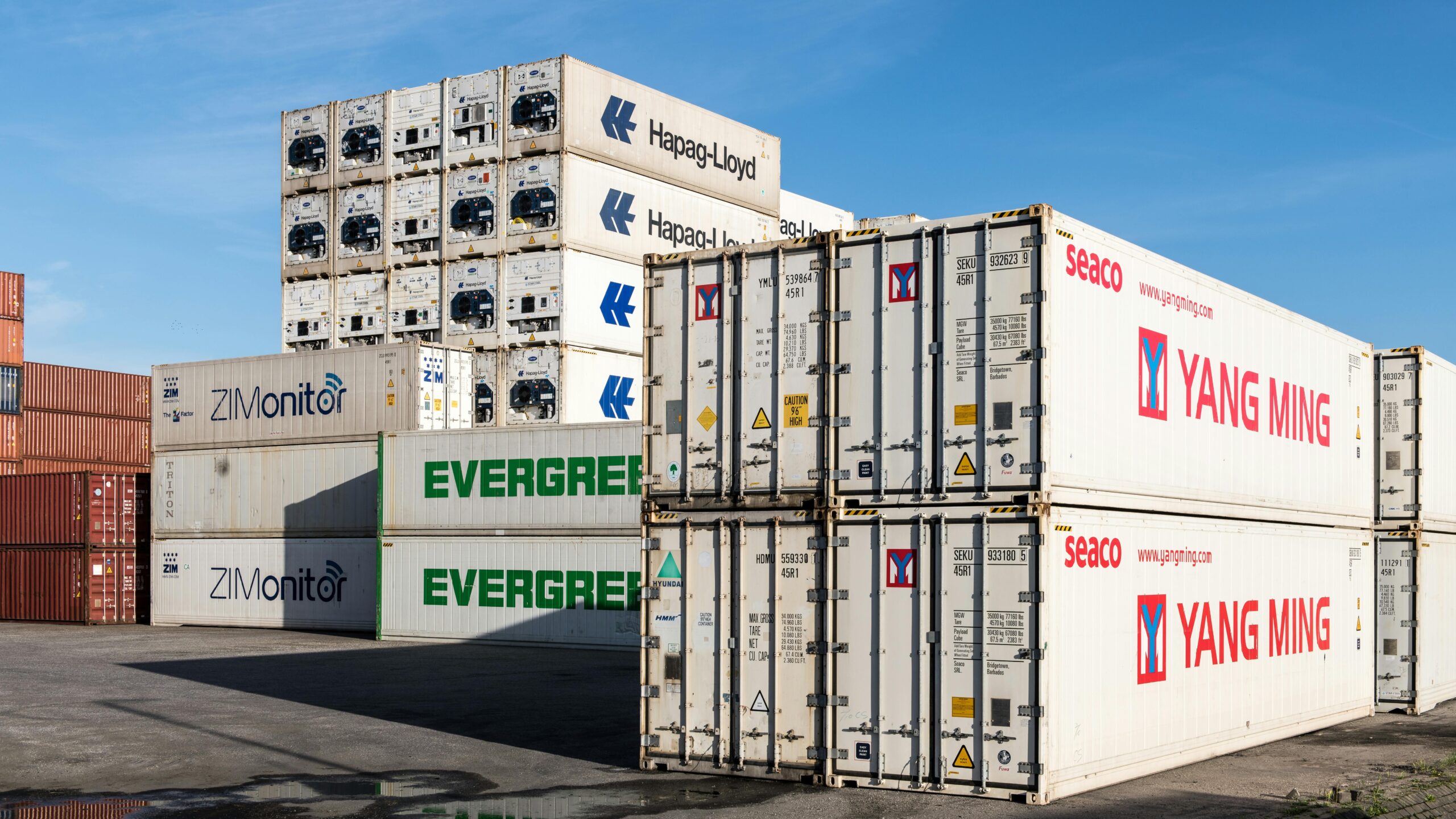How to Stay Compliant When Managing International Shipments
The global tariff environment has shifted. Countries are becoming more assertive in trade enforcement, and customs authorities are using increasingly sophisticated systems to detect irregularities. Whether you’re exporting finished goods, importing components, or distributing digital products with hardware integrations, how you file tariffs is under more scrutiny than ever.
This article is a practical guide to understanding and avoiding the most common tariff filing mistakes that lead to customs audits, delays, and penalties. It’s designed for businesses navigating cross-border operations, especially those expanding into multiple markets or managing compliance across teams and jurisdictions.
1. Misclassifying Products Under Incorrect Tariff Codes
Tariff classification is based on the Harmonized System (HS), which assigns codes to goods for customs purposes. Mistakes in this process, whether through misinterpretation, outdated templates, or product changes, are one of the top triggers of audits.
What to watch for:
- Classifying goods based on assumptions or general categories
- Failing to update codes as product configurations change
- Using codes from previous filings without review
How to improve:
- Cross-check classifications with official customs databases
- Consult trade professionals when introducing new SKUs
- Automate HS code verification during pre-shipment workflows
2. Using Outdated Tariff Codes in Filings
The HS system is updated every five years, and many countries make mid-cycle amendments. Filing under a deprecated code, even if the product is accurately described, can flag your shipment.
Common scenarios:
- Changes to regional customs codebooks (e.g., EU TARIC updates)
- Updates not reflected in internal ERP or trade systems
- Old codes copied over during reorders or re-shipments
Recommended practices:
- Subscribe to updates from customs authorities in relevant jurisdictions
- Schedule periodic internal audits of your product database
- Use digital tools that auto-refresh tariff data
3. Filing Tariff Documents With Inconsistent Valuation
A key requirement in customs filing is that the declared value matches across all submitted documents. Variations, even unintentional, may be interpreted as attempts to evade duties.
Risk indicators:
- Mismatched values between invoices and customs declarations
- Omitted fees or discounts that alter the final amount
- Inconsistent use of Incoterms (e.g., CIF vs. FOB)
How to fix it:
- Centralize documentation inputs across logistics and finance teams
- Validate currency exchange rates in real-time
- Automate checks for invoice and declaration alignment
4. Declaring the Wrong Country of Origin
Country of origin declarations affect everything from duty rates to eligibility for trade agreements. Inaccurate or unsubstantiated claims can cause authorities to launch deeper investigations.
Why this happens:
- Complex supply chains obscure manufacturing origins
- Confusion over rules like “substantial transformation”
- Incomplete documentation from suppliers
Compliance tips:
- Implement clear origin determination protocols
- Store certificates of origin and supplier declarations centrally
- Educate teams on relevant FTA rules and thresholds
5. Missing Country-Specific Filing Requirements
Each country imposes unique documentation, formatting, and timing rules. Assuming uniform standards across borders is a common and costly error.
Examples:
- Some markets require translated documents
- Others demand digital submissions or pre-clearance
- Filing deadlines may differ based on port or product type
How to manage:
- Maintain a live matrix of country-specific filing requirements
- Localize compliance workflows by destination
- Partner with customs brokers who specialize in the regions you serve
6. Ignoring Tariff Obligations on Bundled Digital-Physical Goods
Businesses offering digital services that include physical components, like modems, security tokens, or device kits, often focus on the software license and underreport the tangible goods.
What goes wrong:
- Physical items go undeclared
- Classification doesn’t match the full value chain
- Customs sees inconsistencies between package contents and declarations
Best practices:
- Declare physical and digital components separately
- Use appropriate HS codes for “smart” devices or embedded software
- Align product bundling strategy with customs reporting logic
7. Submitting Late or Incomplete Customs Filings
Even accurate filings can trigger scrutiny if they’re delayed or missing required documents. Incomplete submissions stall shipments and increase the likelihood of repeat inspections.
Common causes:
- Manual workflows and version control issues
- Disconnected finance, logistics, and 3PL teams
- Unclear ownership of compliance responsibilities
Preventive steps:
- Use a shared compliance calendar to track deadlines
- Build pre-departure validation steps into logistics processes
- Assign clear roles and escalation paths for filings
Establishing a Robust Tariff Filing Process
Avoiding audits requires more than just fixing mistakes, it requires systemizing trade compliance. This means:
- Centralizing classification and origin records
- Automating cross-checks for valuation and documentation
- Staying up to date on international tariff requirements
- Aligning internal teams on compliance ownership
- Localizing your approach across destination countries
Compliance should scale with your business, not slow it down.
How Commenda Helps Businesses Stay Compliant
Tariff filing and customs compliance are just one part of a much larger operational challenge: managing global business complexity. Commenda helps companies with international operations, multi-entity structures, and cross-border trade centralize and simplify their compliance infrastructure.
With Commenda, you can:
- File tariffs confidently with real-time HS code validation
- Track global deadlines and requirements through a unified compliance calendar
- Manage entities, tax obligations, and trade documents in one platform
- Incorporate in new jurisdictions with expert support
- Avoid audit risk with automated checks and centralized documentation
Whether you’re scaling into new markets or optimizing existing workflows, Commenda helps you stay ahead of regulatory complexity, and focus on running your business.
Explore how Commenda can support your global compliance strategy at www.commenda.io.
FAQs: Tariff Filing and Customs Compliance
1.What documents are required for international tariff filings?
Typically- commercial invoice, packing list, certificate of origin, shipping bill (e.g., bill of lading), and import licenses as applicable.
2.How do I ensure my HS codes are valid?
Use official customs sources or platforms like Commenda that notify you of updates and auto-map new code versions.
3.What happens if a shipment is audited?
You may face shipment delays, back duty assessments, or additional inspections on future filings.
4.Is tariff filing relevant for software or digital-first companies?
Yes, especially if any physical component is bundled (e.g., devices, sensors, dongles). Customs will review the full shipment, not just the license.
5.How can I avoid repeating these mistakes?
Implement a centralized system, assign compliance ownership, and regularly audit your classification, documentation, and country-specific workflows.













